The Power of Solar Energy and Energy Storage Solutions: A Sustainable Future

Introduction
In recent years, there has been a remarkable shift towards renewable energy sources, driven by the need to combat climate change and promote sustainable practices. Among the various options available, solar energy has emerged as a leading contender, harnessing the abundant and clean power of the sun. However, one of the key challenges faced by the solar industry is storing and utilizing this energy efficiently. This is where energy storage solutions, such as batteries, come into play. The convergence of solar energy and battery technology has opened up new avenues for optimizing energy efficiency and reshaping the way we power our world.
The Rise of Solar Energy
Solar energy has experienced unprecedented growth, becoming one of the fastest-growing sources of electricity globally. The decreasing costs of solar panels, coupled with technological advancements and a greater emphasis on sustainable energy alternatives, have contributed to this surge. The International Energy Agency (IEA) predicts that solar power capacity will nearly double by 2025, with an expected increase of 600 gigawatts (GW) globally.
The Need for Energy Storage
While solar panels efficiently convert sunlight into electricity, the intermittent nature of solar energy presents a significant challenge. The sun is not always shining, and energy demand fluctuates throughout the day. This is where energy storage systems, such as batteries, prove crucial. Energy storage technologies allow solar-generated electricity to be stored and utilized when the sun is not available, ensuring a steady power supply. With advancements in battery technology, the cost of batteries has been declining, making them a viable option for many grid-tied solar systems.
Integrating Batteries into Existing Solar Systems
If you already have a solar system in place, you may be wondering if it’s possible to integrate batteries into your existing setup. The good news is, in most cases, adding a battery to an existing grid-tied solar system is possible. The level of difficulty, however, depends on whether your system was designed with battery integration in mind.
Storage-Ready Solar System
The easiest scenario is if you have a storage-ready solar system. This means that when your solar system was installed, it was designed with the intention of adding batteries in the future. In this case, your inverter is already compatible with battery integration, making the process simple and cost-effective.
DC Coupled System
For systems that are not storage-ready, there are two main ways to integrate batteries – DC Coupled and AC Coupled systems. In a DC Coupled System, your existing inverter is replaced with a hybrid inverter that works with both the solar system and the battery. This type of system allows for direct charging of the battery with the DC power produced by the solar panels. The power is then converted to AC electricity as needed, reducing energy losses compared to other options.
AC Coupled System
An alternative option is an AC Coupled System, where a second inverter, known as a “storage inverter,” is added to the existing solar system. This inverter charges the battery using the AC power produced by your solar panels. While this option is easier to install and more flexible in terms of location, it may result in slightly higher energy losses compared to a DC Coupled System.
The Advantages of Solar Energy and Battery Storage
Integrating batteries into your solar system offers several advantages that can benefit both homeowners and the environment.
Increased Self-Consumption
With battery storage, homeowners can increase their self-consumption of solar energy. Excess electricity produced during the day can be stored in the battery and used during the evening or when sunlight is limited. This reduces reliance on the grid and maximizes the utilization of solar energy.
Enhanced Energy Independence
By incorporating batteries into the solar system, homeowners can become less reliant on the traditional power grid. This ensures a continuous supply of electricity, even during power outages or fluctuations in grid electricity prices. Battery storage provides energy security and peace of mind.
Time-of-Use Optimization
Many utilities offer time-of-use (TOU) electricity rates, where the price of electricity varies depending on the time of day. With battery storage, homeowners can avoid paying higher rates during peak demand periods by drawing on the stored energy in their batteries. This helps to reduce electricity bills and maximize cost savings.
Backup Power
One of the significant advantages of battery storage is its ability to provide backup power during emergencies or blackouts. With a fully charged battery, homeowners can continue to have access to electricity, ensuring the operation of critical appliances and maintaining essential services.
The Future of Solar Energy and Energy Storage
The integration of solar energy and battery storage is revolutionizing the way homes are powered, offering a brighter and more sustainable future. As technology continues to advance and battery costs decline, solar-plus-storage systems are becoming increasingly accessible for residential, commercial, and industrial applications.
The widespread adoption of solar energy and energy storage solutions can significantly reduce greenhouse gas emissions and dependence on non-renewable energy sources. It promotes a more resilient and efficient energy ecosystem, contributing to a sustainable future for generations to come.
In conclusion, the convergence of solar energy and battery technology holds immense potential in optimizing energy efficiency and reducing our dependence on fossil fuels. By harnessing the power of the sun and integrating energy storage solutions, homeowners can maximize the benefits of renewable energy, decrease reliance on the grid, and contribute to a greener and more sustainable world.
For residents of Colorado, Seed Solar, a Colorado-based home solar installer, offers comprehensive solutions for integrating solar energy and battery storage. With their expertise and commitment to sustainability, homeowners can embark on their journey towards a more energy-efficient and environmentally friendly future.
Additional Information
To learn more about solar energy, energy storage, and the solutions offered by Seed Solar, visit their website. Stay up to date with the latest news and developments in the solar industry by subscribing to their newsletter.







